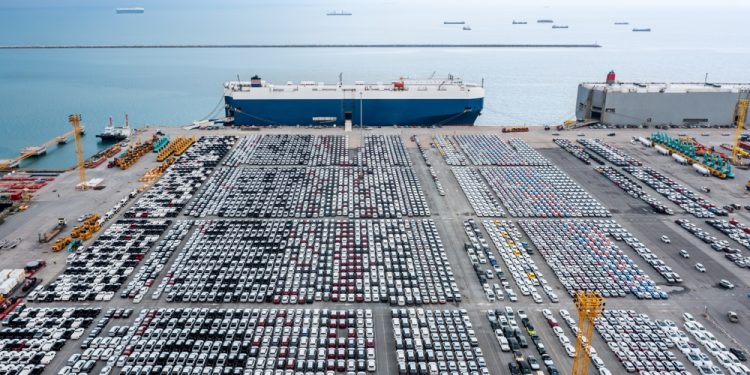The World Shipping Council (WSC) has written a letter to the United States Trade Representative (USTR) expressing deep concern with the vehicle carrier remedies that will negatively impact the US exports.
According to WSC, Annex III of “Section 301 Investigation of China’s Targeting the Maritime, Logistics and Shipbuilding Sectors for Dominance” contains significant flaws that if not amended, will inflict economic harm on U.S. manufacturers who export $20 billion annually by sea in American-made cars and tractors, and American consumers who are facing increasing vehicle prices.
To remind, The World Shipping Council (WSC) had also voiced strong opposition to the USTR proposed fees on port calls for Chinese-built vessels in late March, warning that they could raise costs for U.S. consumers and businesses, harm jobs, and negatively impact exporters, especially farmers.
Presently, WSC asks that, as USTR has done with all other Annexes, it opens an Annex III docket for public comment. A 30 to 60-day comment period would allow USTR to benefit from public comment and would not burden USTR because the docket would close well before USTR’s announced implementation date of October 14, 2025.
As noted in the letter, Annex III’s flaws, among others, include:
-
Applying the fee to all foreign vessels. Nearly all vehicle carrier vessels serving the United States are foreign built. By imposing a fee on all foreign vessels, to the extent Chinese built vehicle carriers represent the best value in today’s market, the USTR is actually incentivizing the purchase of Chinese-built vessels. Fees on all foreign vessels otherwise far exceed USTR’s 301 authority, which requires it to tailor a remedy to curb China’s behavior it found actionable in the underlying investigation. And, as WSC has previously stated in its comments to USTR throughout this proceeding, retroactive fees on already built Chinese vessels will do nothing to curb the behavior USTR has found actionable.
-
Using CEU or “Car Equivalent Unit” as the metric for calculating fees. CEU has no universally accepted definition, and vehicle carriers’ CEU’s can fluctuate based upon adjustment of deck configurations to carry different types of cargo, i.e., large heavy rolling stock versus passenger vehicles. WSC also notes that using Annex II’s metric of Net Tonnage (NT), would not be appropriate for vehicle carriers because their enclosed design yields an extremely high net tonnage calculation. A better metric might be a fee per vehicle carried, with credit provided for each vehicle exported on that same vessel.
-
Not including a fee cap at more than 5 voyages per year.
Not including applicable Targeted Coverages contained in Annex II, such as:
- MSP Program and Government Cargo Exemption. Vehicle carriers account for one third of the vessels enrolled in the U.S. Maritime Administration’s Maritime Security Program (MSP), to support Department of Defense sealift and logistics requirements.
- Smaller Vessel Exemption. Just as USTR provided targeted coverage relief for operators of smaller container and bulk vessels, the same should apply to vehicle carriers with a capacity of less than 80,000 deadweight tons.
According to WSC, opening an Annex III docket will enable USTR to consider unique aspects of the vehicle carrier vessel industry, which has route configurations, vessel sizes, and services that differ from those of providers of other types of maritime transportation, including container vessel operators, and collect the information it needs to best amend Annex III.
The World Shipping Council fully supports the Administration’s stated goal of revitalizing the U.S. maritime and shipbuilding industry. WSC and its member lines reiterate their readiness to lend their considerable expertise to assist the Administration in its goal of revitalizing the U.S. maritime industry and shipbuilding.
… concluded Joe Kramek, President and CEO World Shipping Council.
































































